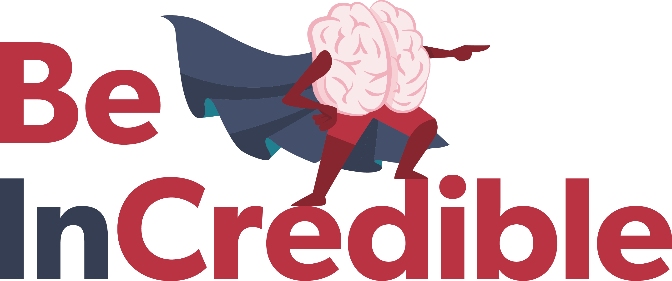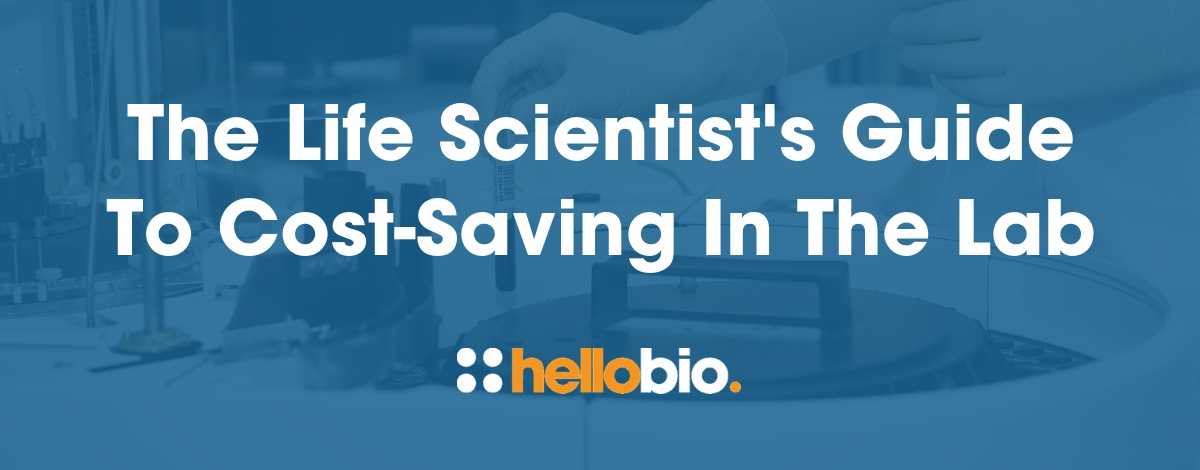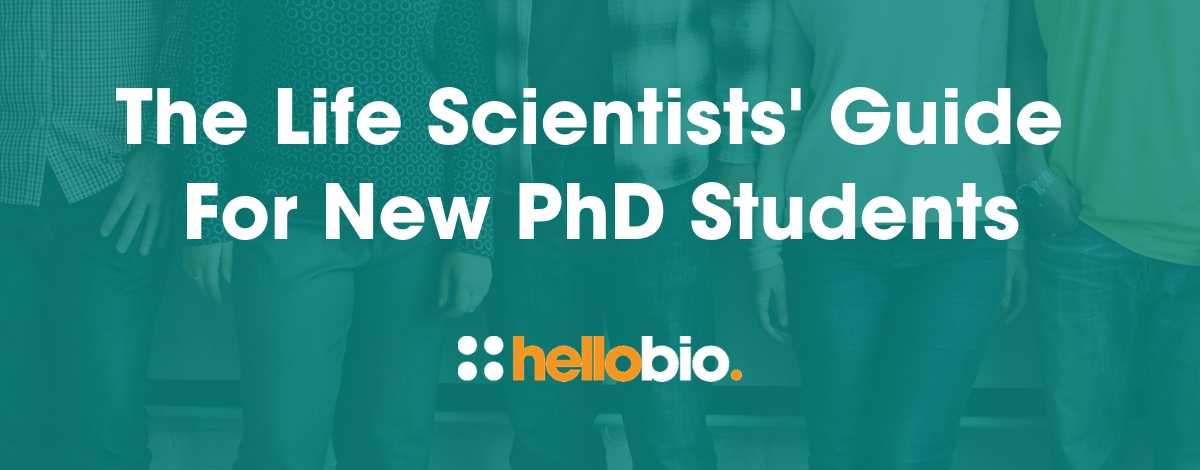Your Research: How To Be InCredible
Can I ask... how InCredible is your research?
Are you aware of open science?
Is your research replicable and reproducible?
Your answers really matter to us at the BNA. We’ve just officially launched our ‘Credibility in Neuroscience’ Manifesto, outlining our vision and commitments to creating an exciting and sustainable future for 21st century neuroscience, and now we’re on a mission to support the whole of the neuroscience community to be InCredible together.
Open science aims to make research more transparent at every stage of scientific discovery, enabling studies to be easily reproduced and replicated. This includes openly sharing our study design, methods, materials, data and code. I’m totally aware of the challenges this may bring. Prior to my role at the BNA, I worked in a lab for many years, and can see how hard it is to implement open science in the reality of our currently highly competitive ‘publish or perish’ culture. Especially when none of us need one more thing to take up precious research time. Yet, it’s also a necessity – being more open will transform the landscape of our research environment and make life easier and more progressive for everyone.
If I can start by telling you a little bit more about our manifesto and why it’s important. Supported by The Gatsby Foundation, we launched the manifesto at the House of Commons (you can see the photos from the event here) with addresses from Professor Dorothy Bishop, Professor Robert Winston and BNA Chief Executive, Dr Anne Cooke. Drawing from across the field, it was a unique opportunity to bring together neuroscientists, students and clinicians, with politicians, funders and the commercial sector.
The manifesto is central to our most important programme to date, ‘Credibility in Neuroscience’, developed in response to current threats and challenges to credible research across biosciences. Currently, there is a huge pressure to publish as many papers as possible, with an emphasis on dramatic, novel findings. This in turn has led to increasing levels of non-reproducible research [1], which can skew scientific understanding, contribute to hyped expectations, and jeopardise the translation of research to real-world applications.
To ensure a sustainable future for 21st century neuroscience research, we must also ensure the credibility of research – it’s vital that it is reproducible, replicable, and reliable. That means rewarding the best science – science which lays equal value on both positive and null outcomes, that recognises the importance of reproducibility or replication, and can sometimes be slow to progress.
At the BNA, we take our responsibility seriously, to directly address these issues within neuroscience, and as a result we have developed a vision for change. Change that will ensure the credibility of neuroscience.
To achieve this, our manifesto outlines three commitments:
- Supporting a shift in research culture that’s welcomed and desired by the whole neuroscience community
- Equipping all neuroscientists - regardless of career stage, location, research topic or specialist technique - with the skills, knowledge, tools and processes they need to carry out neuroscience research which is as credible as possible
- Changing the landscape in which neuroscientists operate, so that the influences which drive neuroscience research also drive the most credible research
Yet, whilst words are important, what’s at the heart of our campaign is action. This is a manifesto built for ‘doing’. From sharing best practice and creating a space for vigorous discussion and debate, to equipping researchers with the right tools and incentives to try something new. At the BNA, our aim is to support everyone to make changes and embrace new practices.
Naturally, working together is a key part of this change. That means engaging with everyone within the community, from journal publishers and societies, to universities, funders and the general public. Uniting together as one neuroscience community to achieve this vision for the future of our field.
Finally, if you now find yourself asking, what can I do? – we’ve brought together some simple first steps to get you started at being InCredible.
Be InCredible by... sharing your knowledge
Talk to an academic friend or colleague about the issues they are facing, share your knowledge with them, and take the chance to discuss how credibility is important to translate neuroscience research into real-world applications.
Be InCredible by... checking out our how-to of credible research
Take a look at how to publish null results, preregister research or submit a Registered report where appropriate, and use CRediT wherever possible.
Be InCredible by... promoting awareness within the science community
Ensure transparency and credibility in all you publish, scrutinising results and playing your part in supporting reproducibility. If you lead a lab then make sure your team members are aware of new approaches in publishing.
Be InCredible by... sharing and profiling the importance of credible research
Support and highlight negative results, including caveats or limitations when writing science or health news, and reporting what a study doesn't show as well as what it might.
Be InCredible by... joining the BNA
When it comes to credibility in neuroscience, we are your voice. Why not join our neuroscience community here for the greater good of the sector. Be the change you want to see.
Find out lots more about being InCredible at: www.bnacredibility.org.uk or click here to read the full manifesto
________________________________________
Georgina Hazell is Head of Policy and Campaigns at the British Neuroscience Association (BNA). She has also recently been awarded a BBSRC Enterprise Fellowship from the Royal Society of Edinburgh. Prior to this she was a neuroendocrinologist at the University of Bristol, where she spent the last decade working on GPCR signalling and dynamic neuroendocrine systems.
The BNA is the largest UK organisation representing and promoting neuroscience and neuroscientists. To find out more visit: www.bna.org.uk and follow them on Twitter @BritishNeuro
To find out about becoming a member, visit the BNA website here.
[1] R Soc Open Sci., 2018. Modelling science trustworthiness under publish or perish pressure; Nat Hum Behav., 2017. A manifesto for reproducible science
_________________________________________________
If you enjoyed reading this article, why not check out the other resources available on our blog. We are passionate about supporting life scientists, early career life scientists and PhD students - with really low- priced reagents and biochemicals, travel grants, and resources to help with both personal and professional development. We know how tough it is - so we hope you find these helpful!
Advice & guidance for life scientists
Click below to view our of essential guides and articles includes to support life scientists, PhD students & early career life scientists:
Travel grants
Every month we give away $500 to PhD students and Postdocs so that they can attend a scientific conference - click below to find out more:
Wellbeing for scientists
Click below for our resources to help improve your wellbeing:
Technical resources
Try our Molarity Calculator: a quick and easy way to calculate the mass, volume or concentration required for making a solution.
Try our Dilution Calculator: an easy way to work out how to dilute stock solutions of known concentrations
Click below to see our Mini-reviews, Pathway Posters & Product Guides: a set of technical resources to answer your questions on a wide range of topics and to help you get started quickly.
And - when you get to the stage of planning your experiments, don't forget that we offer a range of agonists, antagonists, inhibitors, activators, antibodies and fluorescent tools at up to half the price of other suppliers - click below to see how we compare with other suppliers:






















